With a geographic area stretching north to the volcanoes of Iceland and dipping southwards to the pebbly beaches of Greece, it’s no surprise that the list of unique places to visit in Europe is long and astonishing.
Whether you’re in the mood for dazzling natural phenomena, ancient ruins, or remarkable feats of engineering, the Old World has you covered. These are some of the most interesting places to visit in Europe.
Isola Bella, Italy
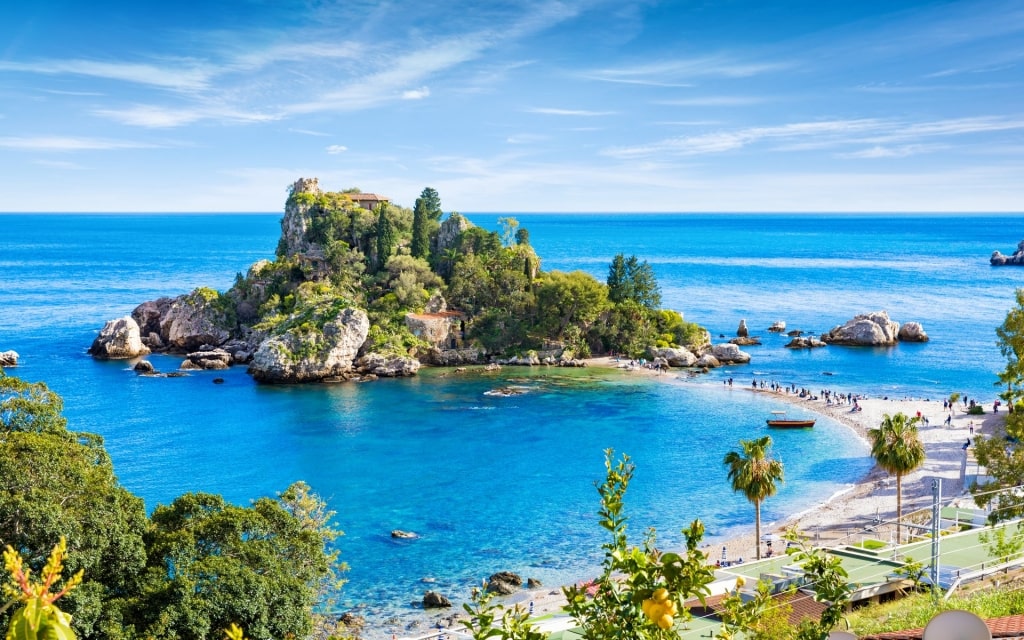
A beach that’s also an island? Isola Bella is a sunny, pebbly nook at the foot of the cliffs beneath the resort town of Taormina in Sicily. The craggy islet that gives this sought-after beach its name isn’t entirely unmoored from the mainland, though; it’s attached by a thread of white sand that’s overrun at high tide by the translucent waters of the Ionian Sea.
Its perfection as a romantic destination makes it one of the most unique places to visit in Europe. You’ll find it hard not to envy the Victorian English woman who used to live there, and whose exotic specimens still flourish on the island-turned-nature reserve.
Dubrovnik, Croatia
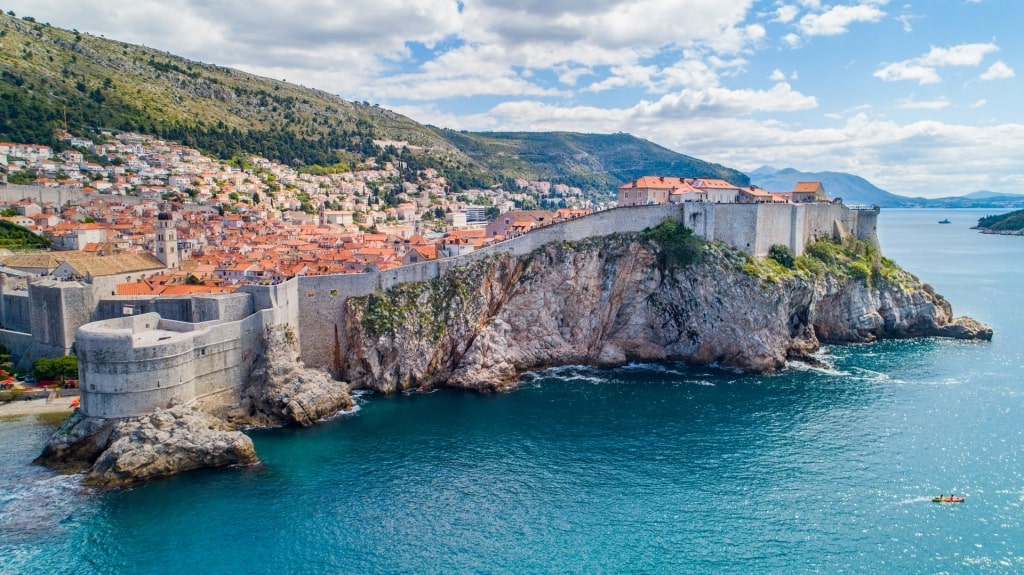
Dubrovnik, the reinforced point on Croatia’s southern tip, remains one of the Adriatic’s magnetic draws. Its gorgeous coastal setting and sense of living, breathing history is a potent combination, but what makes it one of the most unique places to visit in Europe is how it flips the popular idea of the medieval aesthetic on its head.
This majestic Eastern European city is not a place of night-black Tudor beams or gloomy alleys, but a 6th-century Old Town, whose glimmering limestone flags seem to catch the light bouncing off of the limpid coastal waters as readily as the yacht hulls.
One of the best things to do in Dubrovnik is to wander beneath the honeyed stone buildings before ascending for a different light-filled perspective from the encircling city walls. Round off this celebration of the Adriatic sun by watching it set from one of the city’s cliff-side bars.
Valletta, Malta
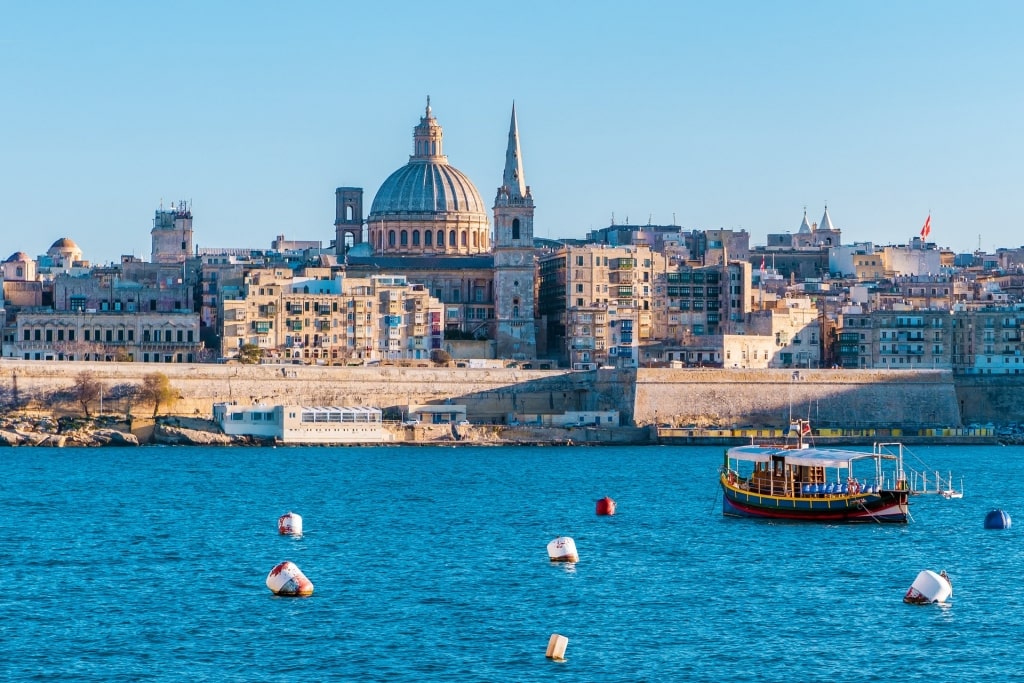
An outpost of warm limestone washed by the waves of the Mediterranean, Valletta is one of the most unique places to visit in Europe—as well as one of its smallest capitals. This 16th-century UNESCO World Heritage City is a marbled labyrinth of grand-yet-intimate churches, refined gardens offering respites of deep shade, and small-yet-brilliant museums (the National Museum of Archaeology is a fine example).
An absolutely essential stop in this former EU Capital of Culture is the glorious golden interior of St. John’s Co-Cathedral. Within lies a dark pearl: Caravaggio’s “The Beheading of Saint John.” Nobody could ever accuse the Maltese of not having a sense of the dramatic.
Qaqortoq, Greenland
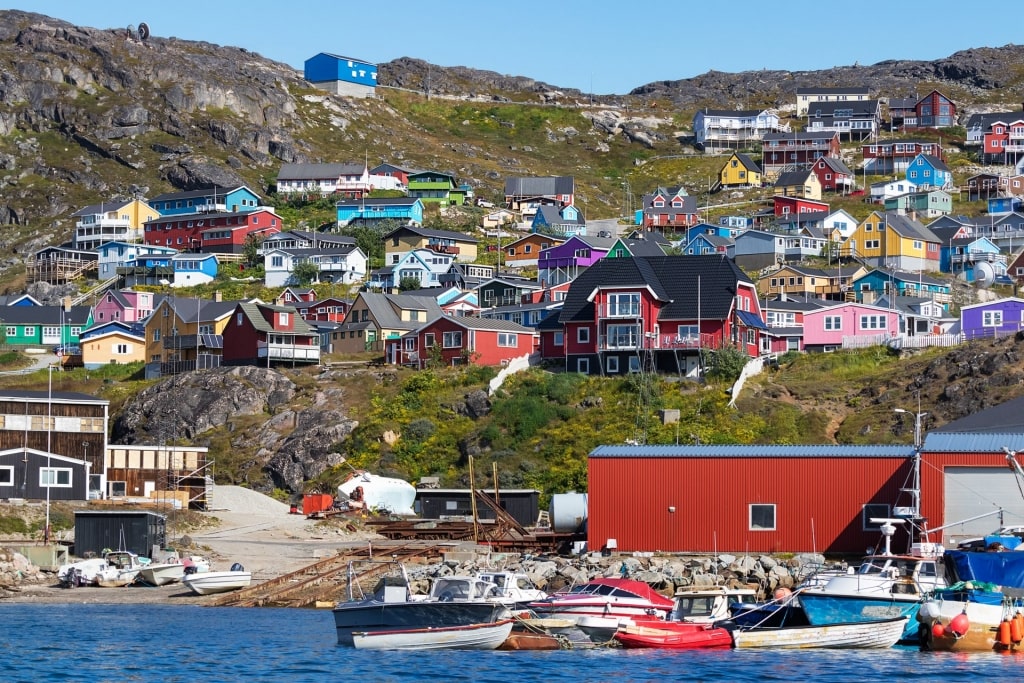
Greenland as a whole is one of the most unique places to visit in Europe, and Qaqortoq, the largest town in southern Greenland, offers the perfect introduction. Situated on a fjord that reaches a lower latitude than Iceland, Qaqortoq supplied its medieval Viking settlers the opportunity to survive in one of the world’s true wildernesses.
Today, Qaqortoq is a bright jumble of boldly-colored houses arrayed across a gentle hillside, with the occasional whale disturbing the waters of the fjord.
The UNESCO-listed remains of the Vikings’ 10th-century settlements are the main draw for many visitors to Qaqortoq, but the town is also well known for the hot springs on nearby Uunartoq Island (another discovery that would have delighted the Vikings). You can relax in the clear 100°F waters and admire the encircling mountains and icebergs as they drift past.
Corinth Canal, Greece
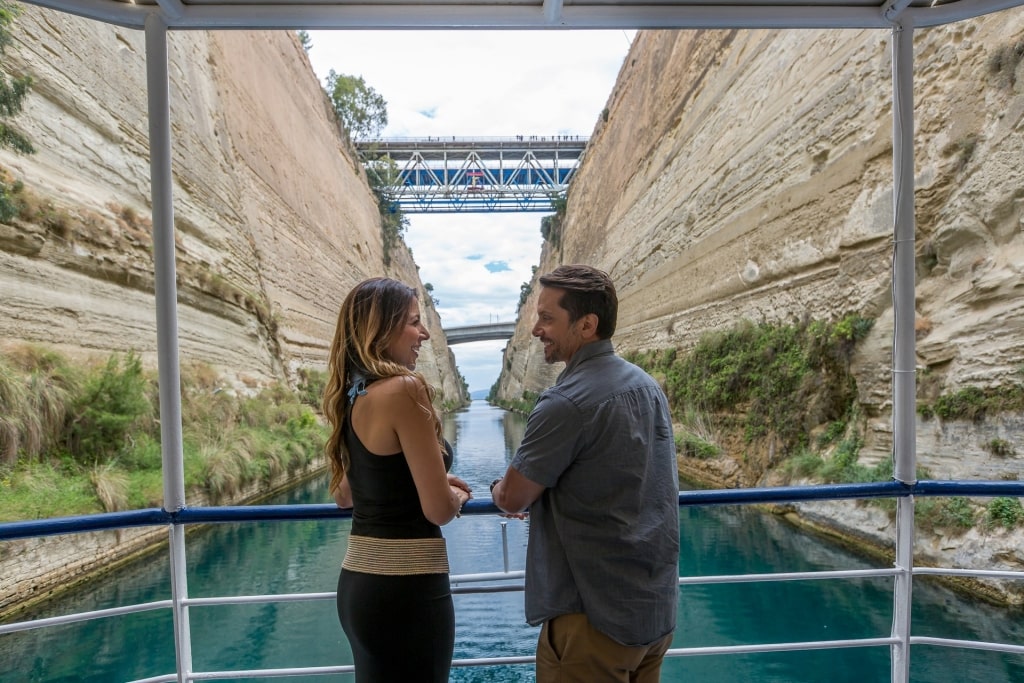
An extraordinary piece of 19th-century engineering, the Corinth Canal is a four-mile-long waterway that shears off the Peloponnese from the Greek mainland. This shortcut granted access from the Adriatic Sea to the Aegean and reduced the journey by no less than 185 nautical miles.
A tour through its smooth and narrow (only 25 meters wide) limestone gorges is a peaceful and rather profound excursion, save for the occasional bungee jumper you’ll see leaping the bridge.
Sete Cidades, Azores, Portugal
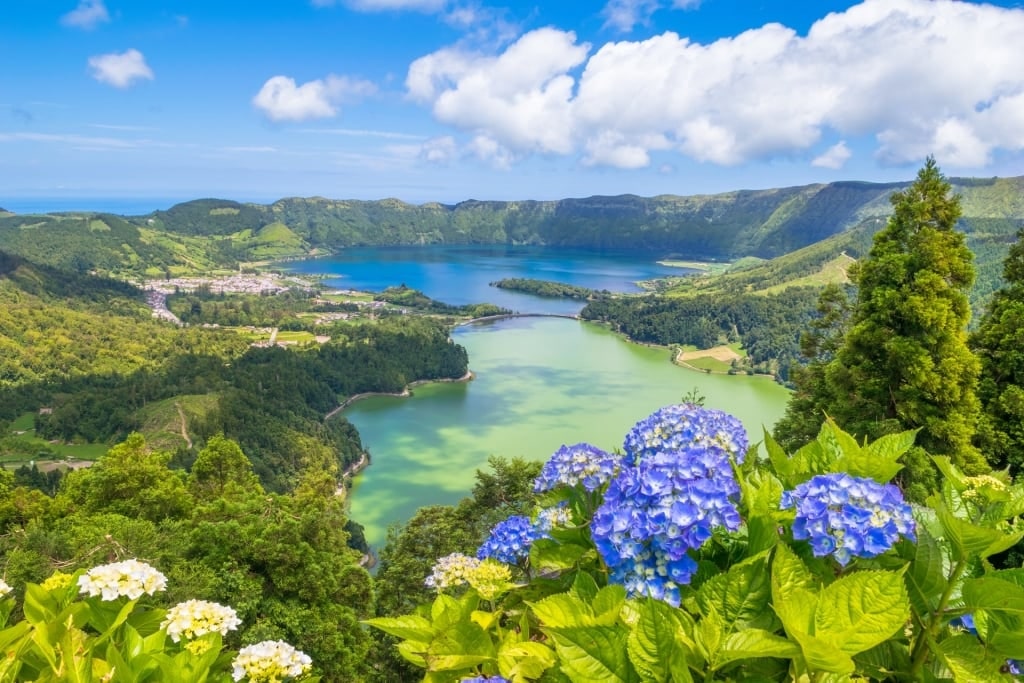
A double lake located in the sunken crater of a dormant volcano, Sete Cidades is one of the most beautiful lakes in Europe. Located at the western edge of Sao Miguel island in the Azores, Sete Cidades is a breathtaking sight (best seen from the Kings Lookout) with precipitous verdant cliffs rising above the Blue Lake, the largest freshwater reserve in the Azores, which is one of the seven “Natural Wonders of Portugal.”
Adding to the one-of-a-kind natural setting is the multi-colored nature of the lakes (hence the green and blue tags). The area is rich with local mythology as well—hardly surprising for anyone confronted by such an otherworldly, Eden-like scene.
Furnas Valley, Azores, Portugal
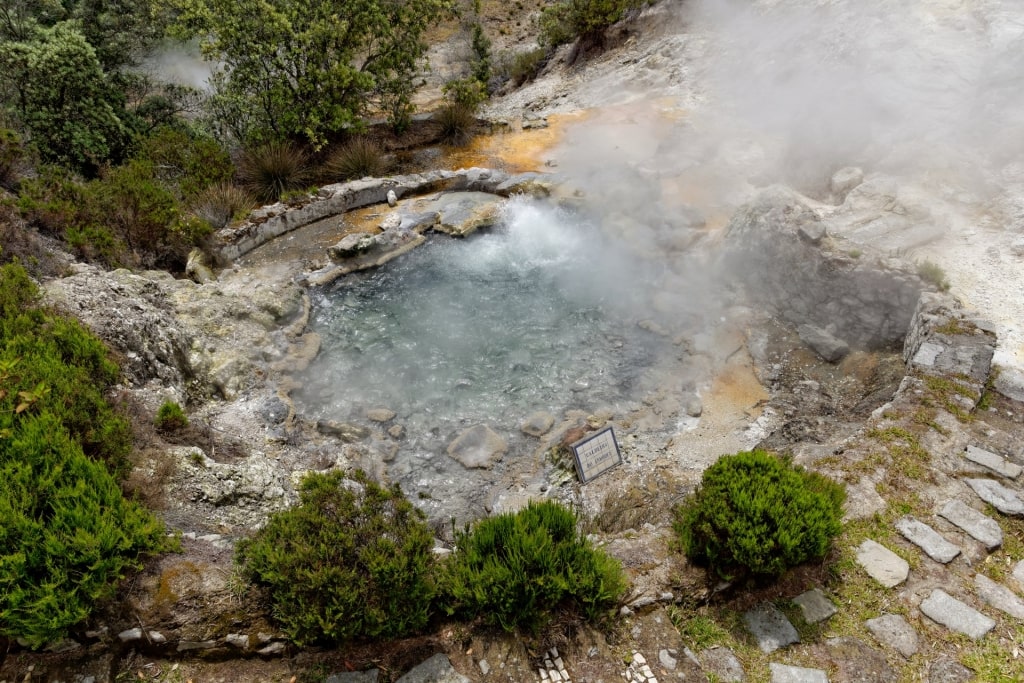
The Furnas Valley is where the Azores meet New Zealand’s Rotorua. Steaming orange rivers, thermal pools, and pockets of boiling mud bring a geothermal razzle-dazzle to this stunning valley and its namesake town.
Tucked away on the Azores’ largest island of Sao Miguel, Furnas Valley looks like a theme park with geothermal phenomena all over. Witness these fascinating sights or base yourself in the elegant restorative pools of the historic Terra Nostra gardens.
Found within the sweetly austere white-washed village of Furnas, the gardens are a fusion of European and tropical flora and their unique display is the perfect backdrop for the gardens’ thermal pools.
Dip a toe in a few before finding the just-right temperature for yourself. Afterward, try the local specialty stew that’s buried and cooked with the heat of the subterranean springs. Whether you prefer the thermal springs as bath water or cooking water is for you to decide.
Prunelli Gorges, Corsica, France
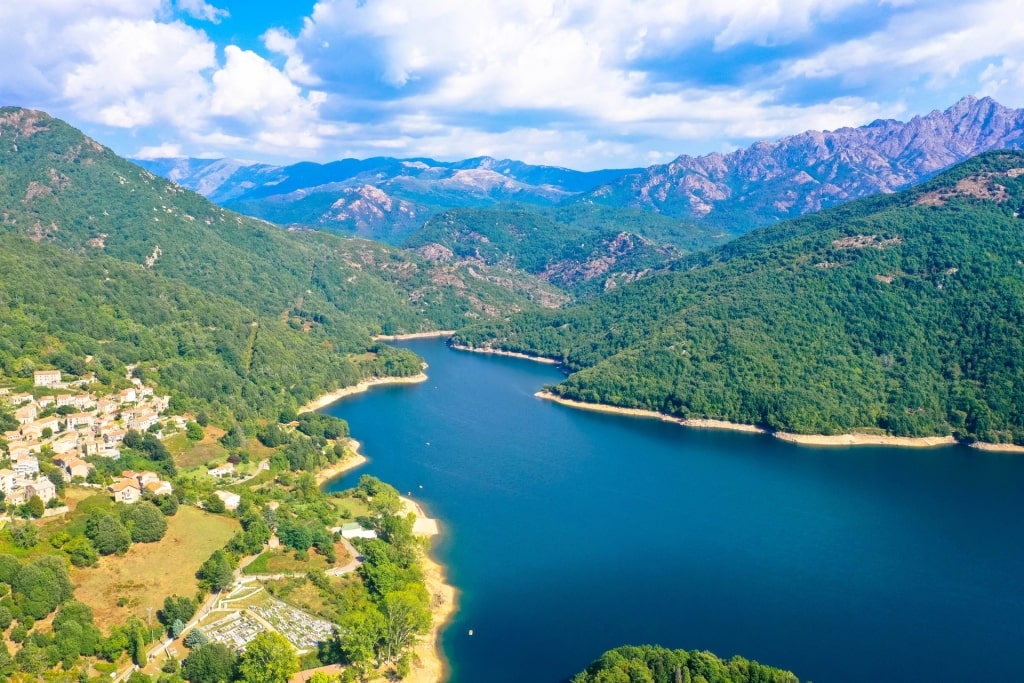
Famously nicknamed “the Isle of Beauty,” Corsica is renowned for its bucket-list Mediterranean beaches. Cross into its hinterland, however, and you’ll find that this isle has more than one good side. In the interior, you’ll admire a grand and wild beauty. Its quintessence is found in the Prunelli Gorges.
Here, you’ll see rosy limestone cliffs and crags descending dramatically towards the cleanly bright and meandering Prunelli River. The mountainous scenery is spellbinding and augmented by Corsica’s unique shrubbery, the maquis—a conglomeration of herbs that fill the warm air with what can only be described as the island’s signature scent.
Montserrat, Spain
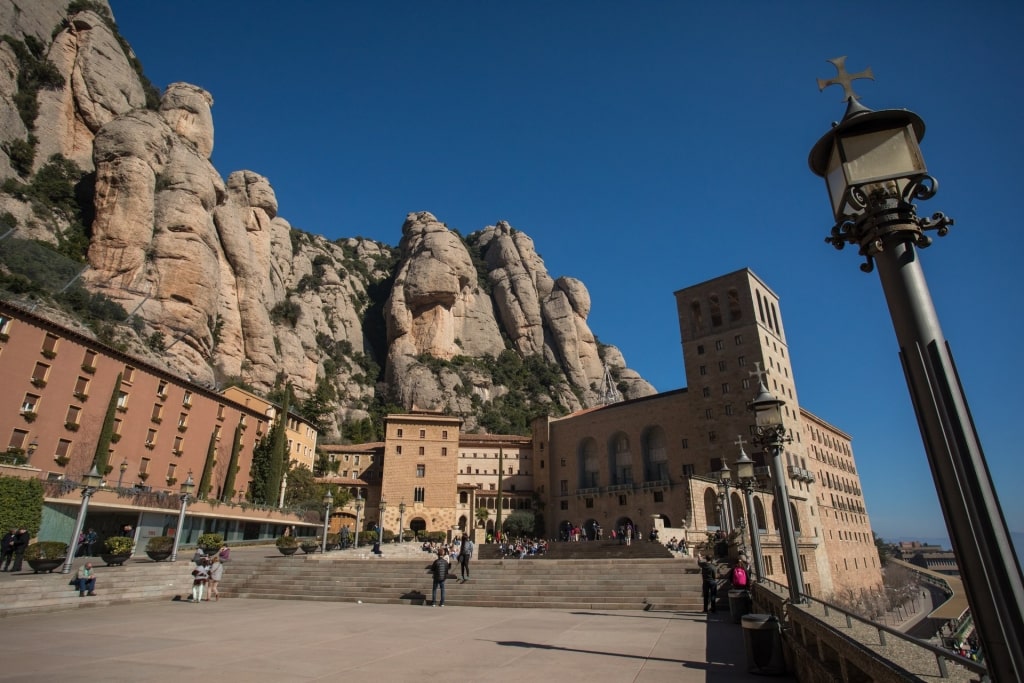
With a name that translates as “saw mountain,” this ragged range of peaks near Barcelona would be extraordinary enough in itself—if it also wasn’t one of the country’s major spiritual sites. High in the teeth of the range sits the austere Santa Maria de Montserrat monastery and its holy treasure: the Black Madonna.
The story goes that the medieval wooden statue, which is the patron saint of Catalonia, was found by wandering shepherds guided by light. Whether you’re a pilgrim visiting Catalonia’s most significant spiritual retreat or someone with an interest in history, culture, and mind-blowing views, a trip to Montserrat will linger long in your mind.
White Cliffs of Dover, UK
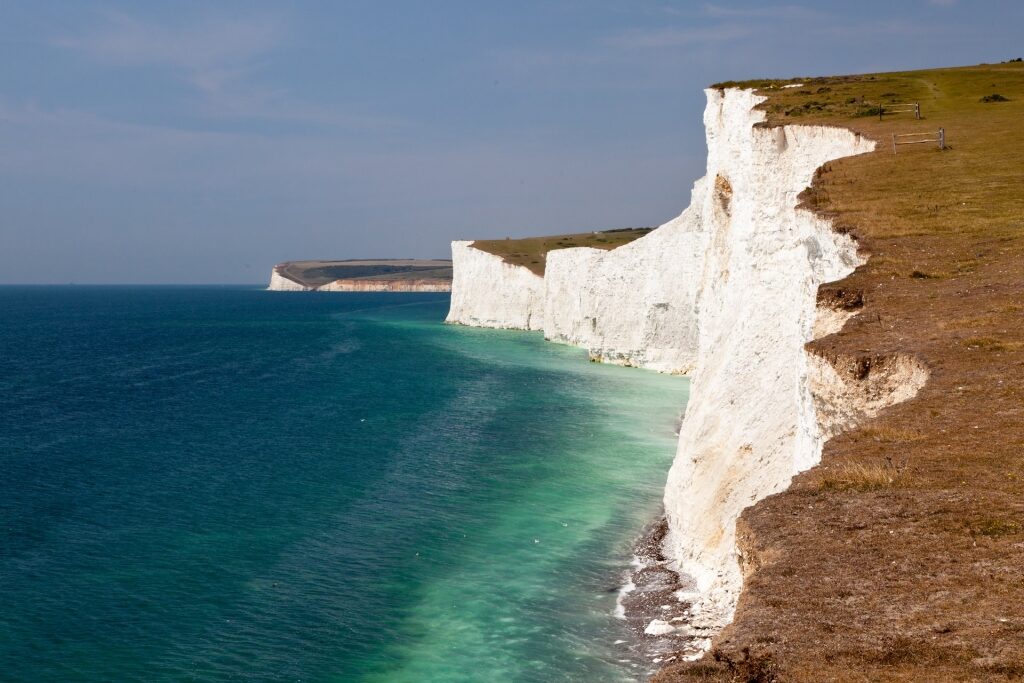
The gleaming chalk cliffs of Dover are an emblem of the United Kingdom. As one of the first sights to greet visitors when they arrive at Dover’s ferry port, these chalk cliffs are a beacon of calm seen over the often choppy waters of the English Channel. One of the world’s most recognizable stretches of coastline, the White Cliffs have appeared in several Hollywood films to powerful effect.
Naturally, the cliffs show their best side to the sea, but a bracing cliff-top walk is considered one of the best seaside tramps in the country. If the weather’s not perfect, you can also descend into the cliffs themselves. Fan Bay Deep Shelter was part of a WWII defensive complex built underground and guided tours (complete with a hard hat and head torch) are offered every half hour.
Zaanse Schans, Netherlands
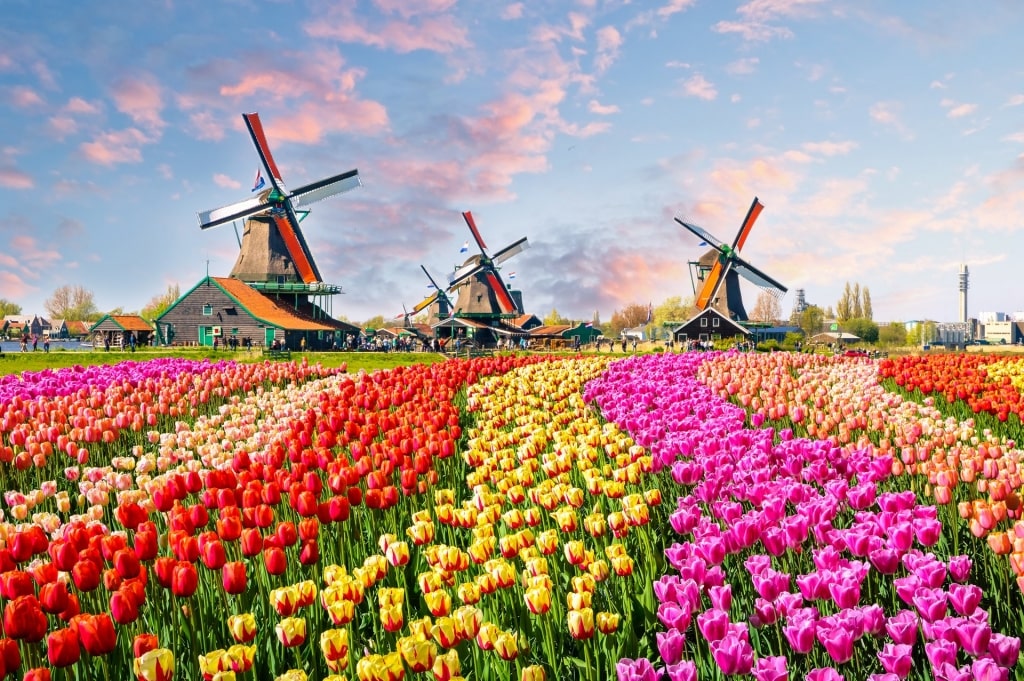
Zaanse Schans is a timewarp of brightly-colored windmills, warehouses, and traditional Dutch architecture. It’s a physical remnant of when the Zaan region, just north of Amsterdam, used to be an industrial hive of over 1,000 humming and creaking windmills, part of a supply chain that produced an eclectic array of goods that included mustard and paint.
Today, the bold green and orange mills and white-gabled houses serve the tourist industry, and you’ll find gift shops offering every kind of clog imaginable, working windmills (including the world’s last working dye mill), and historic exhibitions dotted throughout this open-air museum. Walk or cycle along the banks of the canals and admire the now still arms of the windmills reflected in the waters.
Naeroyfjord, Norway
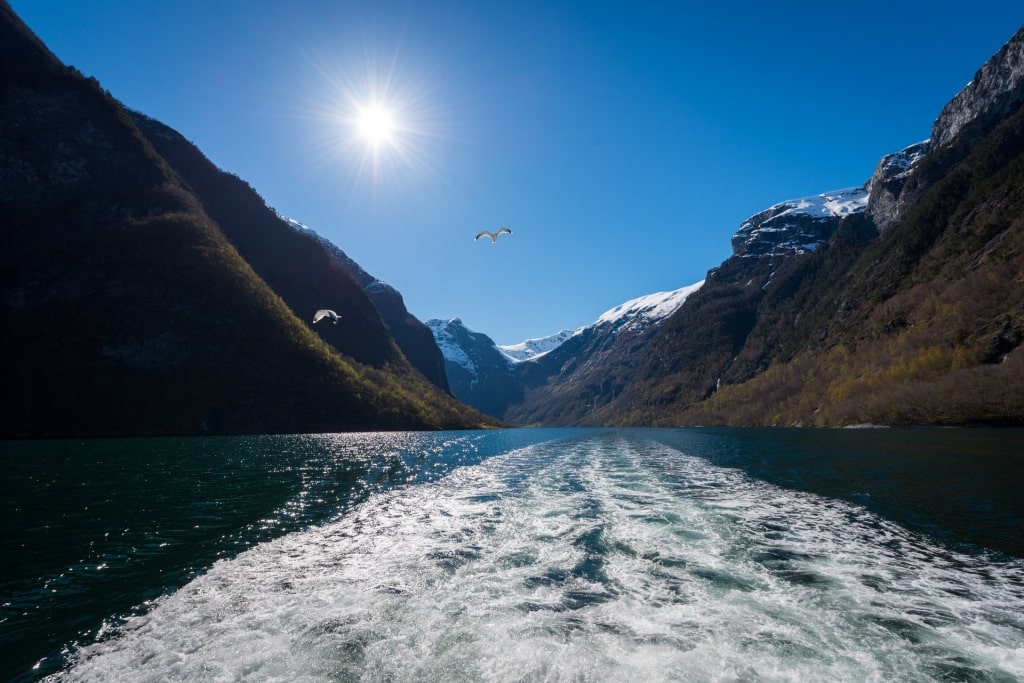
There are two essential elements to a good fjord: one is the sheerness of the enclosing geography, while the other is the narrowness of the waterway. With the Naeroyfjord, this exact prescription for a breathtaking fjord hits the sweet spot.
An arm of the Sognefjord, northeast of Bergen, this nearly 13-mile-long inlet winds gently past lofty mountains (the highest towering 1,660 meters high) dotted with idyllic pastoral scenes.
Goats nibble at the lush grass lining the fjord—only 250 meters wide in some places—while farms perch high above the water. Cruising here is one of the best things to do in Norway, and the experience is almost transcendent as the curving waters transport you deeper into the landscape.
Santorini, Greece
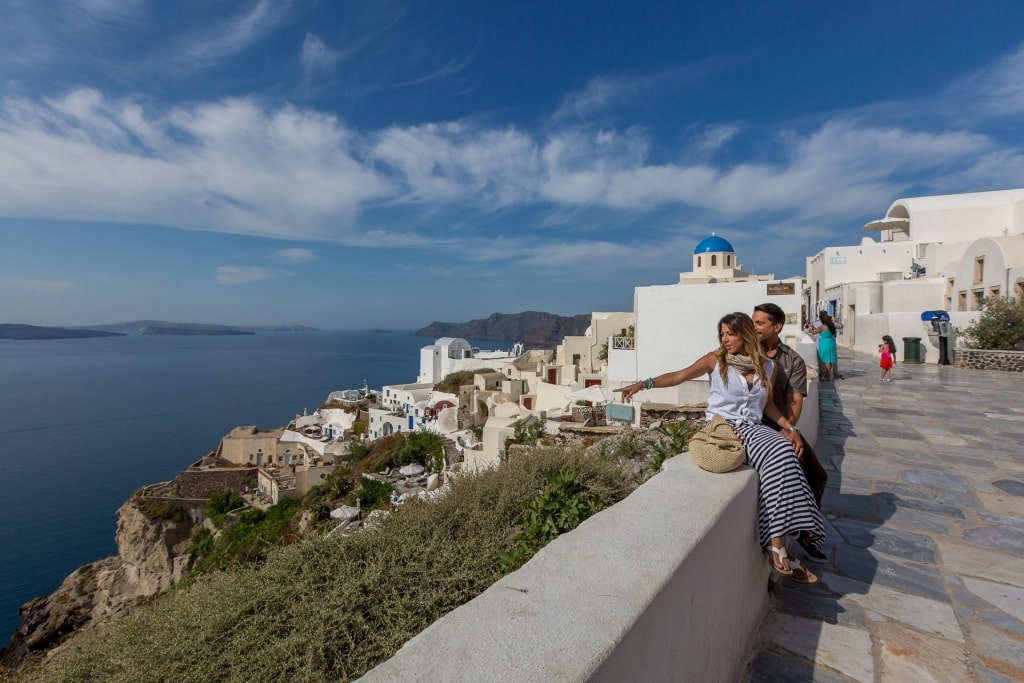
The island of Santorini is one of the poster children of Greek tourism. Hovering over the sea, its reddish cliffs seem as if a freak snowfall has covered their tops. And when you come closer, the MC Escher-like jumble of ice-white houses provides a breathtaking game of contrast.
Part of the Cyclades group of islands (which also includes trendy Mykonos), Santorini (or Thira) was formed by a powerful volcanic eruption. Overhead photography shows clearly how the caldera sank beneath the waves, leaving only its upper limits to be gilded with luxury resorts and infinity pools.
The island’s architecture, black sand beaches, and expansive views over the Aegean make it one of the most unique places to visit in Europe.
Amalfi Coast, Italy
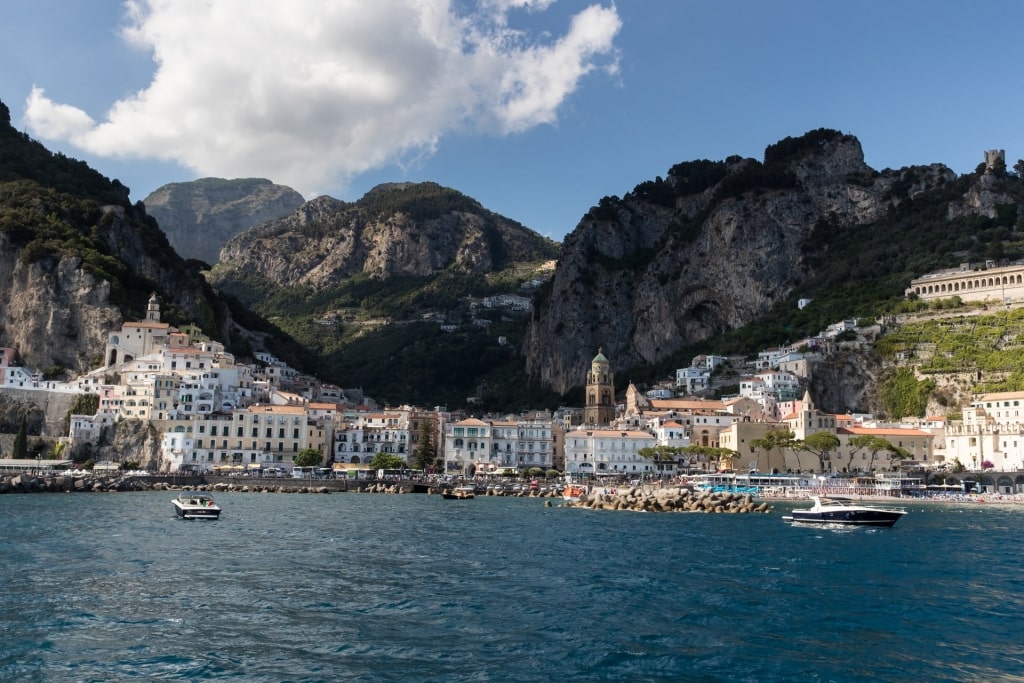
While the Amalfi Coast was a touchstone of Italian glamour in the 1960s, its appeal remains timeless. This 30-mile UNESCO-listed stretch of the Sorrentine Peninsula, just south of Naples, is a vertical, rugged place, and its pretty pastel villages are strung like bunting between its headlands and inlets.
At sea level, admire colorfully striped fishing boats that rest on the chic beaches, while, beyond the breakers, watch as speedboats attempt to cut the Tyrrhenian Sea into manageable parcels.
It’s a popular place, but for all of the Amalfi’s long exposure to international tourism, its villages have retained their innate charm. And while the Amalfi Drive can get busy during high summer, it remains, of all the roads in Italy, the stretch that everyone feels drawn to drive. That glamour—reminiscent of Jackie O., Riva speedboats, and La Dolce Vita—still hangs in the air with the heat.
Venice, Italy
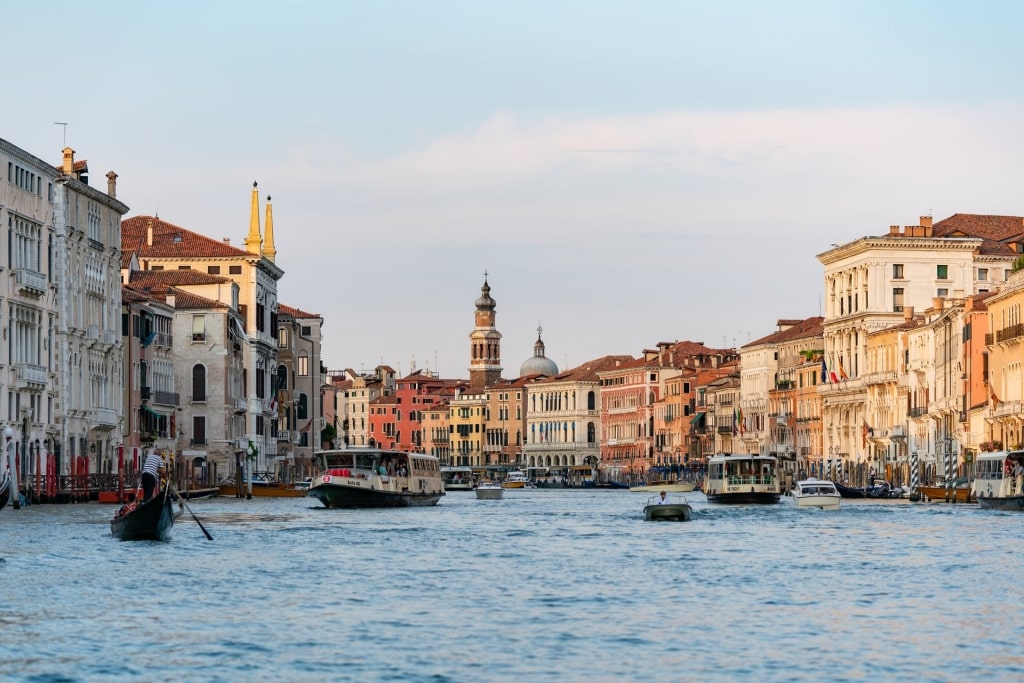
A rosy vision of snaking canals, elegant stone bridges, and spectacular domes floating above the busy lagoon, Venice is a destination that needs little introduction.
While the pointed arches of its Venetian Gothic architecture are instantly recognizable, what makes Venice so enduring is its idiosyncrasies that are distinctly Venetian.
Its masked interpretation of Carnevale, for example, or its briny regional cuisine embodied by dishes such as thick bigoli spaghetti tossed with anchovy sauce. The canals are only the beginning of what makes Venice unique.
Visit all of these incredible locations and more on a cruise to Europe and take a trip to some of the continent’s most sought-after destinations. Let our Travelink advisors help you plan the perfect European cruise vacation with Celebrity!
Original article found here.

About the author
TRAVELINK
TRAVELINK is headquartered in Nashville, Tennessee and operates nationally with a combination of boutique business call centers and a national network of experienced virtual business travel and leisure travel advisors. Travelink’s client base includes a range of Fortune 500 Corporations, small to mid-market companies, as well as clients from the entertainment industry, sports teams, groups, and religious & non-profit organizations.

